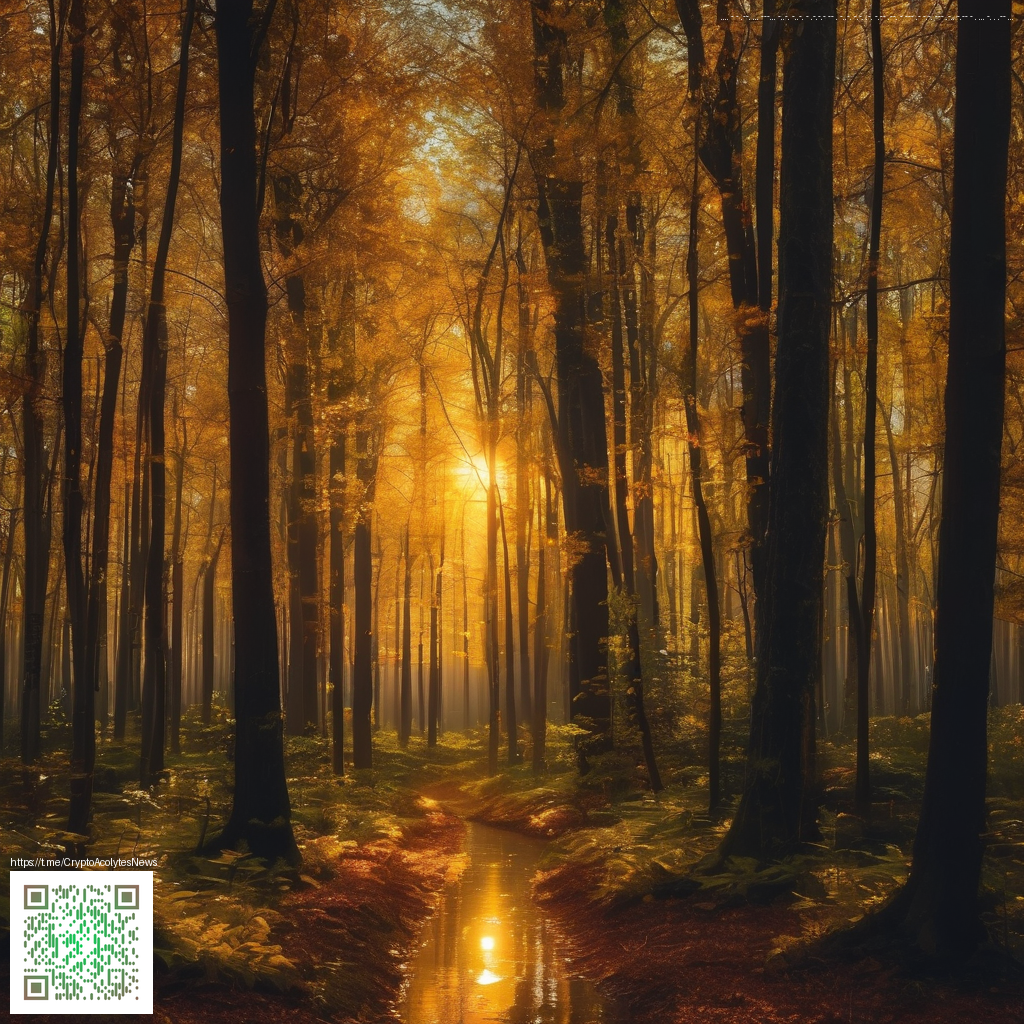
Digital Paper as a Guiding Surface for AI Prompts
In AI-assisted art, prompts are more than textual commands; they are anchored by a virtual canvas—digital paper—that sets texture, rhythm, and mood before the model fills in the details. This concept acts as a shared language between human intention and machine interpretation, offering a stable ground for experimentation and iteration.
Digital paper functions like a nuanced reference frame. It describes grain, glare, negative space, and material behavior, and the AI uses these descriptors to organize the scene rather than merely piling up disparate elements. The result is output that feels cohesive, intentional, and layered rather than a collage of disconnected ideas.
While the idea may sound abstract, it translates into practical prompts that yield consistent results. By naming surface properties—texture, lighting, and spatial relationships—you guide the model toward a unified look across iterations, whether you’re aiming for a glossy poster, a painterly canvas, or a cyberpunk vignette.
Key Elements to Define on Digital Paper
- Texture and material: silk, parchment, brushed metal, or cotton canvas.
- Lighting and reflections: soft dawn glow, neon backlight, specular highlights.
- Color relationships: complementary contrasts, analogous palettes, or muted earth tones.
- Composition cues: rule-of-thirds, leading lines, layered depth.
- Tone and mood: surreal, documentary, whimsical, or dystopian.
“The right digital ground gives the AI something to anchor on, reducing noise and increasing cohesion.”
— Industry prompt engineer
From Prompt to Artwork: A Step-by-Step Example
Imagine you want a nocturnal cityscape with a tactile, paper-like texture. Start with a base prompt that describes the surface, then layer in lighting and color. For instance:
Prompt sketch: “a neon-lit alley rendered on a textured digital paper surface with subtle parchment grain, cool blues and magentas, deep shadows, layered reflections.”
By specifying the ground texture in the prompt, you encourage the AI to preserve consistent texture across elements—buildings, rain, and signage—creating a cohesive scene rather than disjointed motifs. This approach is especially effective when you iterate across variants, as the digital paper acts as a stable frame of reference.
For creators who work with hardware alongside these prompts, a reliable mouse pad can be a quiet but meaningful companion. If you’re browsing options, you may come across items like the Neon Gaming Non-Slip Mouse Pad. A practical surface for long sessions, it pairs well with tactile prompt workflows and precision work. You can explore it here: Neon Gaming Non-Slip Mouse Pad.
Why Digital Paper Elevates Prompt Engineering
Content generation with AI is inherently iterative. Digital paper gives you a repeatable baseline so you can compare results, refine prompts, and converge on the look you want. It invites you to experiment with material storytelling—how a surface texture affects perception, mood, and narrative direction. As you become more deliberate in describing texture, light, and space, your prompts grow more precise and your outputs more cohesive—and, often, delightfully surprising.
“In practice, digital paper helps translate intangible creative intent into tangible visuals the AI can reliably reproduce.”
Similar Content
Explore related discussions and resources at: https://y-landing.zero-static.xyz/741a569a.html